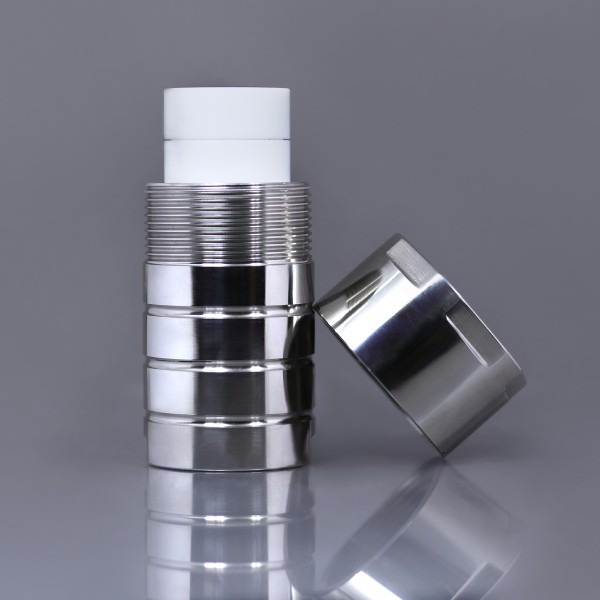



A hydrothermal autoclave, sometimes called a hydrothermal reactor, is a specialized device made from high-quality stainless steel (SS 316). The reactor comes in sizes ranging from 10ml to 2000ml and is primarily used for synthesizing chemicals, nanoparticles, catalysts, and crystals under high temperature and pressure conditions. The hydrothermal or solvothermal reactions take place in this high-pressure environment. There are two main types of hydrothermal autoclaves: Teflon-lined and PPL-lined. The Teflon-lined variety can operate at temperatures up to 220 °C (428 °F), with a safe working temperature set at 200 °C (392 °F). In contrast, the PPL-lined reactor is designed for higher temperature operations, with a maximum operating temperature of 280 degrees Celsius (536°F) and a safe limit of 260 °C (500°F). The autoclave is widely used in laboratories, research facilities, institutional organizations, and quality control sectors in various industries.
The hydrothermal reactor features an outer stainless steel jacket and an inner chamber. It operates safely up to a maximum pressure of 3 MPa and is designed to withstand corrosive, acidic, and alkaline solutions, making it suitable for various chemical processes. There are two configurations available: threaded and flange types. The threaded type is available in 10ml to 500ml, while the flange type is offered in 1 liter, 1.5 liters, and 2 liters. The threaded design includes two caps for enhanced safety, whereas the flange type uses two tightly secured flanges with bolts. It is important to heat or cool the reactor at a controlled rate to prevent deformation of the inner vessel. Ensure temperatures do not exceed the safe limit. Users should not fill the reactor more than 90% of its capacity to maximize its efficiency and safety. Ensure it is thoroughly cleaned before each use to avoid contamination. The hydrothermal autoclave is an effective tool for conducting high-temperature and high-pressure reactions in various scientific and industrial applications.
The hydrothermal autoclave reactor is extensively utilized in various scientific and industrial fields, including materials science, energy research, environmental engineering, nanotechnology, polymer science, catalysis, and petrochemicals. It is used in chemical synthesis, nanoparticle production, crystal growth, polymerization reactions, and hydrothermal processes like decomposition, oxidation, and precipitation. It also has applications for digesting materials, crystallizing substances, and dissolving challenging compounds such as heavy metals, refractory materials, and organic chemicals.
Due to its versatility and efficiency, the autoclave is indispensable for research and development across various fields. In geology, it replicates hydrothermal environments and simulates natural processes to create minerals. It is used in the production of high-purity pharmaceutical compounds. The equipment supports solvothermal reactions in organic solvents at elevated temperatures and pressures. Effective for hydrothermal synthesis, enabling the creation of nanomaterials, crystalline structures, and advanced compounds under controlled high-pressure and high-temperature conditions.
At Shilpa Enterprises, we specialize in providing high quality products for research labs, educational institutions, and the energy sector. We offer competitive pricing, especially for bulk orders, making it cost-effective to purchase premium products. Our Hydrothermal Autoclave Reactor is customizable to meet specific needs, with our expert team ready to help the operator configure the perfect system. The operator can consider us the best quality manufacturer and supplier at an affordable price. We also offer a range of non-stirred pressure vessels in different sizes and pressure ratings for diverse lab applications. Our autoclave is known for being reliable, precise, and durable. It can handle extreme temperatures and pressures while providing safe and consistent results. The Teflon/PPL lining helps it resist corrosive substances, making it suitable for many experiments. Reach out to us for the ideal solution tailored to specific needs.